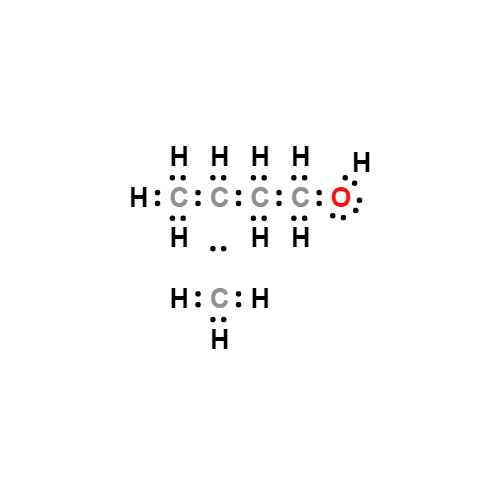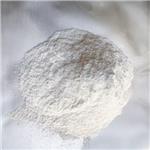
3-Methyl-1-butanol
- Product Name3-Methyl-1-butanol
- CAS123-51-3
- CBNumberCB8852971
-
MFC5H12O
Lewis structure
- MW88.15
- EINECS204-633-5
- MDL NumberMFCD00002934
- MOL File123-51-3.mol
- MSDS FileSDS
Chemical Properties
| Melting point | -117 °C |
| Boiling point | 131-132 °C |
| Density | 0.809 g/mL at 25 °C(lit.) |
| vapor density | 3 (vs air) |
| vapor pressure | 2 mm Hg ( 20 °C) |
| refractive index | n |
| FEMA | 2057 | ISOAMYL ALCOHOL |
| Flash point | 109.4 °F |
| storage temp. | room temp |
| solubility | 25g/l |
| form | Liquid |
| pka | >14 (Schwarzenbach et al., 1993) |
| Specific Gravity | 0.813 (15/4℃) |
| color | <20(APHA) |
| PH Range | 5.6 at 25 g/l at 20 °C |
| Odor | Mild odor; alcoholic, non-residual. |
| PH | 7 (25g/l, H2O, 20℃) |
| explosive limit | 1.2-9%, 100°F |
Safety
| Symbol(GHS) |
  
|
|||||||||
| Signal word | Danger | |||||||||
| Hazard statements | H226-H315-H318-H332-H335 | |||||||||
| Precautionary statements | P210-P233-P280-P303+P361+P353-P304+P340+P312-P305+P351+P338 | |||||||||
| Hazard Codes | Xn | |||||||||
| Risk Statements | 10-20-37-66-20/22-R20/22-R10 | |||||||||
| Safety Statements | 46-16-S16 | |||||||||
| RIDADR | UN 1105 3/PG 3 | |||||||||
| OEB | A | |||||||||
| OEL | TWA: 100 ppm (360 mg/m3), STEL: 125 ppm (450 mg/m3) | |||||||||
| WGK Germany | 1 | |||||||||
| RTECS | EL5425000 | |||||||||
| Autoignition Temperature | 644 °F | |||||||||
| TSCA | Yes | |||||||||
| HazardClass | 3 | |||||||||
| PackingGroup | II | |||||||||
| HS Code | 29335995 | |||||||||
| Hazardous Substances Data | 123-51-3(Hazardous Substances Data) | |||||||||
| Toxicity | LD50 orally in rats: 7.07 ml/kg (Smyth) | |||||||||
| IDLA | 500 ppm | |||||||||
| NFPA 704: |
|



